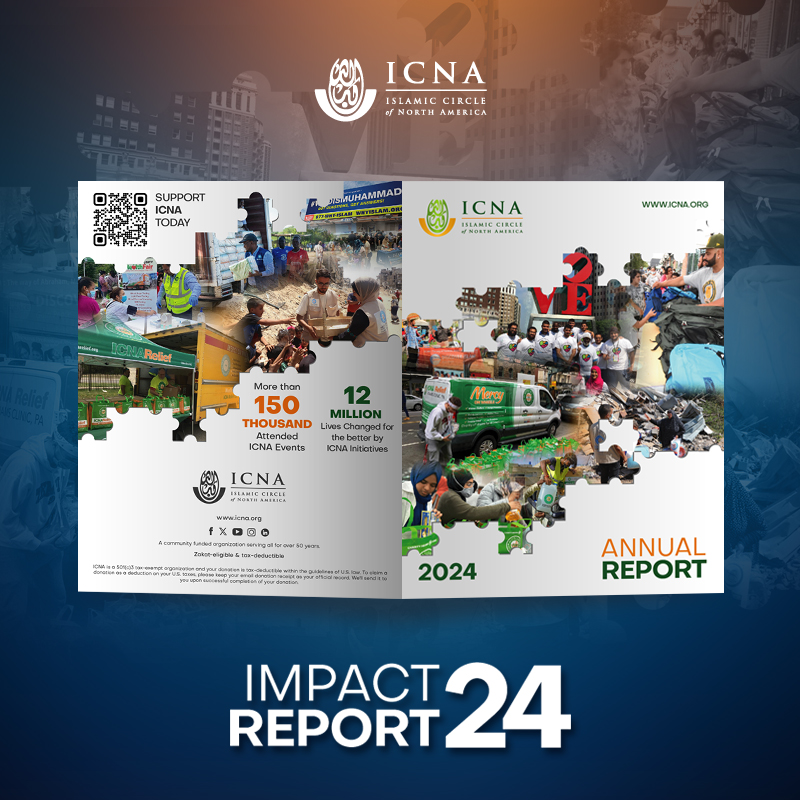

Muslims claim that the Quran is a literary masterpiece of unparalleled eloquence and structural complexity. While the full depth of its linguistic miracles may not be easily accessible to non-Arabic speakers, the Quran’s extraordinary literary miracle can be accessed by anyone, even when studied in translation. The Arabic language has long been celebrated for its rich literary tradition, with sophistication in areas like poetry, oratory, and linguistic artistry. Against this backdrop of Arabic literary excellence, the Quran stands out as a work of unmatched eloquence, style, and linguistic genius. Even those proficient in Arabic marveled at the Quran’s inimitable literary form when it was first revealed.
However, the literary miracles of the Quran are not limited only to its use of the Arabic language. The Quran exhibits remarkable structural complexity, profound wisdom, overarching internal coherence, and ingenious literary techniques that transcend language barriers. These literary miracles are accessible even in translations. This allows people of different linguistic backgrounds to appreciate the argument for the divine origin of the Quran. In other words, while the intricacies of the Arabic linguistic miracle may be more challenging for non-Arabic speakers to fully grasp, the literary miracles of the Quran, such as the ring composition in the Chapter of Joseph, stand as a testament to its divine origin and literary excellence, open for all to witness and appreciate, regardless of their linguistic background.
In this article, we will explore this remarkable literary miracle found in the Chapter of Joseph, shedding light on the Quran’s unmatched structural complexity and the profound wisdom encoded within its verses through this ingenious literary technique. By examining this example, we aim to provide a window into the Quran’s literary miracles, which continue to captivate and inspire people across cultures and generations.
What is a Ring Composition Structure?
Ring composition is a literary practice where a sequence of events or ideas is presented, and then that same sequence is repeated, but in reverse order. This creates a circular, mirrored pattern around a central point.
Here is a simple example, imagine telling a short story:
A: You arrived at the park
B: You played on the swings
C: You got an ice cream cone
C: You finished your ice cream cone
B: You got off the swings
A: You left the park
You will notice how the events now “ring” around the central point of going to the park? The story begins and ends with going to the park, with the other events mirrored around it.
This circular, symmetrical structure puts emphasis on the central idea or event by surrounding it with parallel, repeated sequences. The mirroring of events reinforces the pivotal center.While the example above shows a simple three-step ring, these compositions can be extremely complex, with multiple layers of mirrored sequences weaving around a central axis within a larger narrative. This intricate patterning is considered a sophisticated literary technique.
When reading the Chapter of Joseph in the Quran, it’s importantto keep in mind the remarkable context in which it was revealed.The Prophet Muhammad, peace be upon him, the recipient of the Quran, could not read or write. He was not a poet or scholar, nor was he aware of the stories in the Bible. Interestingly, the chapter of Joseph, spanning 111 verses, was revealed to Prophet Muhammad when the Jews of Medina posed him a challenge. They asked him about the story of Joseph, assuming an unlettered man could not possibly know such a detailed narrative. However, they were shocked and surprised when he recited the entire story in a single sitting.
The Ring Structure in the Chapter of Joseph
In the chapter of Joseph, the ring structure is a profound and intricate masterpiece that demonstrates the divine origin of the Quran. The chapter begins with an introduction in verses 1-3, providing an overview of the story. Before getting into a more detailed example, let us look at a broad example from the chapter. Then a sequence of events unfolds:
A: Verses 4-6: Joseph shares his dream of the stars, sun, and moon bowing to him.
B: Verses 7-18: This leads to family tension and his brothers scheme against him, and he is separated from his father.
These events are then mirrored in reverse order later in the chapter:
B: Verses 58-98: After many trials, Joseph is reunited with his family, and they all bow to him, fulfilling his childhood dream.
A: Verses 99-101: His dream is fulfilled.
The Central Axis: The Kings Dream
While space constraints in this article do not allow us to show the ring structure of the entire chapter, here is an example of the ring structure around the pivotal moment when Joseph interprets the king’s dream in verses 43-49. This event serves as the turning point in the narrative, around which the events and themes are symmetrically arranged in a profound ring composition.
A: Verses 19-21: Joseph is enslaved.
B: Verses 24-35: He faces the assault of the minister’s wife, accused of rape, and is imprisoned.
C: Verses 36-42: While in prison, he interprets the dreams of two inmates.
Critical Juncture: Verse 43: King has a dream
C: Verses 44-49: Later, he interprets the king’s dream.
B: Verses 50-51: He is freed from prison and cleared of the accusations against him.
A: Verses 54-57: He is made a treasurer by the king.
The intricate symmetry extends even to smaller details. For example, the sequence of events surrounding Joseph’s separation from his family is carefully mirrored later in the chapter when the situation is reversed during the reunification.
Initially, we see:
A) Joseph’s brothers scheming against him in verses 7-10, as they plot to get rid of him out of jealousy.
B) Then in verses 11-14, they plead with their father to allow them to take Joseph along.
C) Finally, in verse 15, they abandon Joseph in a well.
This sequence is strikingly mirrored later in the chapter, but in reverse order, when the family is reunited:
C) Verses 69-79: The brothers unwittingly lose Benjamin, just as they had earlier abandoned Joseph.
B) Verses 63-68: The brothers plead with their father to let them take Benjamin to Egypt, just as they had earlier pleaded to take Joseph.
A) Verses 58-62: It is now Joseph who schemes, setting a trap to keep his brother Benjamin with him.
You can see how the events play out in one order initially and then repeat in the opposite order during the reunification, creating the circular, symmetrical ring structure.
A Testimony of Divine Origin
This intricate mirroring of events, with the roles reversed, creates a powerful symmetry that highlights the cyclical nature of the events in Joseph’s life. What was once a story of separation and betrayal becoming a tale of reunification and forgiveness. The fact that such intricate details are carefully woven into the ring structure, spanning numerous verses and chapters, is a testament to the remarkable literary miracle of the Quran and its divine origin. This level of coherence and complexity in an orally transmitted text defies human explanation.
The ring composition of the chapter of Joseph serves as a testament to the divine origin of the Quran. The literary use of ring composition requires a level of coherence and complexity that transcends human authorship limitations. The question then boils down to this: How could a man who couldn’t read or write, living in the Arabian desert, and without knowledge of Biblical stories, create such complex ring compositions solely through oral communication, without any editing?
Want a free Quran or have questions? Call 877-WhyIslam, you deserve to know!





